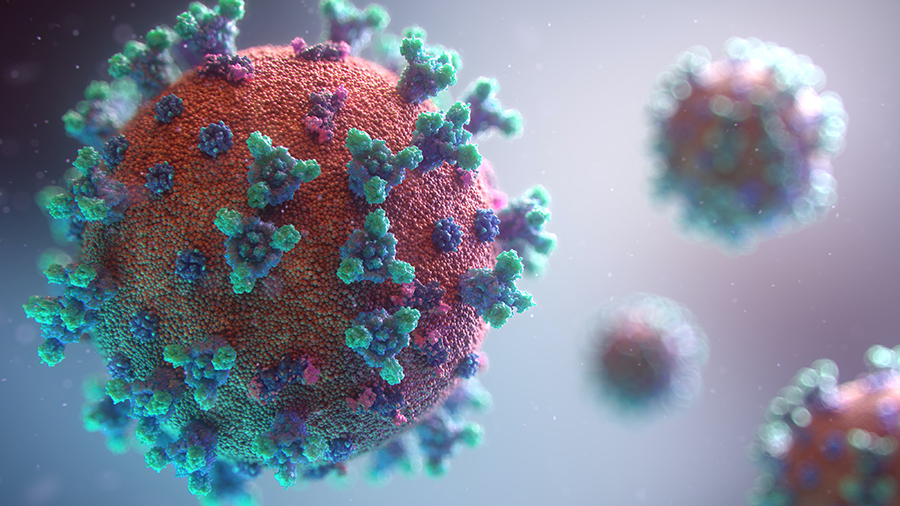Auton Lab Tracking COVID-19 Using Viral Levels in Wastewater CMU AI Researchers Team Up with Allegheny County Health Department To Help Predict Virus Surges
Byron SpiceThursday, July 7, 2022Print this page.

Some of the best evidence of COVID-19 infections in a community is flushed down the drain and into sewers every day. Testing sewage for the virus can provide valuable data for health agencies monitoring the disease.
Researchers at the Robotics Institute's Auton Lab teamed with the Allegheny County Health Department (ACHD) to use wastewater to track the spread of the disease. Viral measurements of the SARS-CoV-2 virus in sewage samples gathered two to three times each week by sanitary, water and other regional utilities are factored into predictive models developed by the lab that can sound an early warning of surges in COVID-19 hospitalizations. The CMU researchers developed an online dashboard to display the latest data.
"We found that wastewater testing helps extend the forecasting horizon by one to four weeks," said Artur Dubrawski, Alumni Research Professor of Computer Science and director of the Auton Lab.
Jieshi Chen, a senior research analyst in the Robotics Institute (RI), led the development of the models, which use a variety of data inputs in addition to the wastewater data. That additional data includes information on human activity that CMU's Delphi Research Group gathers in daily surveys of Facebook users.
The Auton Lab first became involved in biosurveillance in 2001 following the 9/11 attacks. Five deaths occurred after people inhaled anthrax that had been mailed in envelopes. In response, the lab developed algorithms designed to rapidly detect outbreaks of disease using multiple sources of indirect information such as sales of over-the-counter medicine or school absenteeism. The range of their data included wastewater monitoring by public utilities for signs of biological attacks.
When it became known that SARS-CoV-2 is shed in feces, Dubrawski realized that a similar approach could be useful in tracking and predicting COVID-19 activity in communities. Subsequently, ACHD began its wastewater-monitoring program. LuAnn Brink, ACHD deputy director and the department's chief epidemiologist, said the increasing number of people who rely on home testing — and who often don't report positive COVID tests to public health authorities — has made it more difficult to obtain accurate case counts. Sampling wastewater is becoming a more reliable and consistent way to assess and validate viral activity in the community.
"We watch these numbers very carefully," Brink said. "We've been really grateful for CMU's support."
The Health Department now funds the Auton Lab for its work on developing predictive models for COVID-19 and the wastewater monitoring dashboard. The dashboard includes virus levels and can identify individual variants of the virus.
Dubrawski said his goal is to move the dashboard and CMU's analytic tools into the hands of ACHD as soon as possible. His main objective, however, is to continue to use artificial intelligence to refine the predictive model so public health officials eventually can use it on their own.
It's a challenging task because the virus keeps changing, with variants differing in their virulence and infectiousness.
"That is what makes forecasting analytics interesting from a scientific point of view," Dubrawski said. "We have so many unknowns and the landscape changes over time. It's a moving target."
Aaron Aupperlee | 412-268-9068 | aaupperlee@cmu.edu
